Photo credits: Gianni Dagli Orti/Corbis
I am one of many Afrikan centered Black people that incorporates Ma’at into my daily life.
Every day, I read, study, and meditate on Ma’at. It gives me peace and challenges me to live in balance with the Creator and nature. I have even made some of the principles of Ma’at my morning and nightly affirmations. The two books that I use to develop my spiritual and philosophical conscious understanding of Ma’at are written by Dr. Maulana Karenga and Dr. Rkhty Amen. Both of them can read and translate Medu Neter.
Dr. Rkhty Amen studied (Kemetic) Egyptian Hieroglyphs in the Ph.D. program at the University of Chicago, Oriental Institute, Department of Near Eastern Studies. She is a founding member of ASCAC (Association for the Study of Classical African Civilizations). The organization called ASCAC was also founded by Drs. John Henrik Clarke, Dr. Jacob Carruthers, Dr. Maulana Karenga, and Dr. Yosef A.A. ben Jochannan in 1984. Dr. Amen is a cofounder of Chicago, Illinois’ Kemetic Institute, and the Kemetic Temple. She is fluent in Medu Neter, English, Chinese, French, German, and Hebrew. She lectures all over the world. Dr. Amen has published many books on Kemetic spirituality and Medu Neter. However, my favorite book of hers is called A Life Centered Life Living Ma’at.
Her book is outstanding. Dr. Amen explains the definition of the words and the symbols in Medu Neter and the meaning of Ma’at. Dr. Amen breaks down Ma’at’s importance to the equal balancing of men and women in all things on earth and in the hereafter. But according to Ma’at, as interpreted by Dr. Amen, it is equally important to understand that in Kemetic spirituality the Creator is always represented by the male and female principle.
In her book, A Life Centered Life Living Ma’at, Dr. Amen writes:
“Ma’at is symbolized by a woman wearing a wing feather of a male ostrich on her head and sometimes by the feather alone. There are then two main aspects of this symbol, a female and a male aspect. In a famous relief from Kemet, which depicts the Day of judgment at the end of a person’s life, Ma’at is shown placed on a scale and weighed against one’s ib (person’s consciousness). The Ma’at feather in this representation symbolizes balance and harmony depicted by female and male combined. The scene also implies that one’s consciousness should be light as a feather. The color white of the feather symbolizes light and pureness. The fact that Ma’at is both male and female is highly significant. The female is the one who nourishes the young, the caregiver, the mediator/harmonizer in the family, the first teacher of Ma’at to the young. The female is a natural embodiment of Ma’at in the sense of caring for, nourishing, mediating, and harmonizing in the family, the community, and the nation. The male ostrich wing feather combined with the female represents balance and harmony.”
To read Dr. Amen’s book in its entirety, visit here.
Bashir Muhammad Akinyele is a History and Afrikana Studies teacher at Weequahic High School in Newark, NJ. He is also the co-coordinator for ASCAC’s (the Association for Study of Classical African Civilizations) Study Group Chapter in Newark, NJ. (https://ascac.org/)





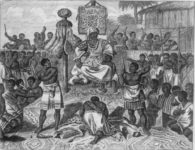
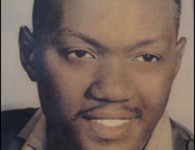

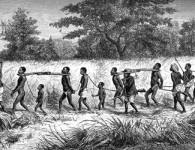


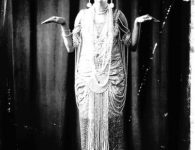
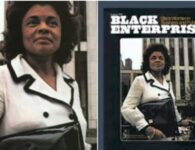
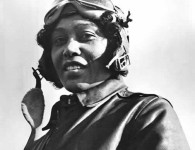



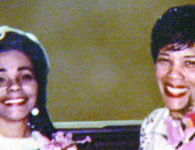
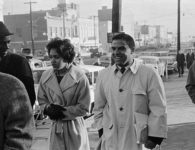


No comments